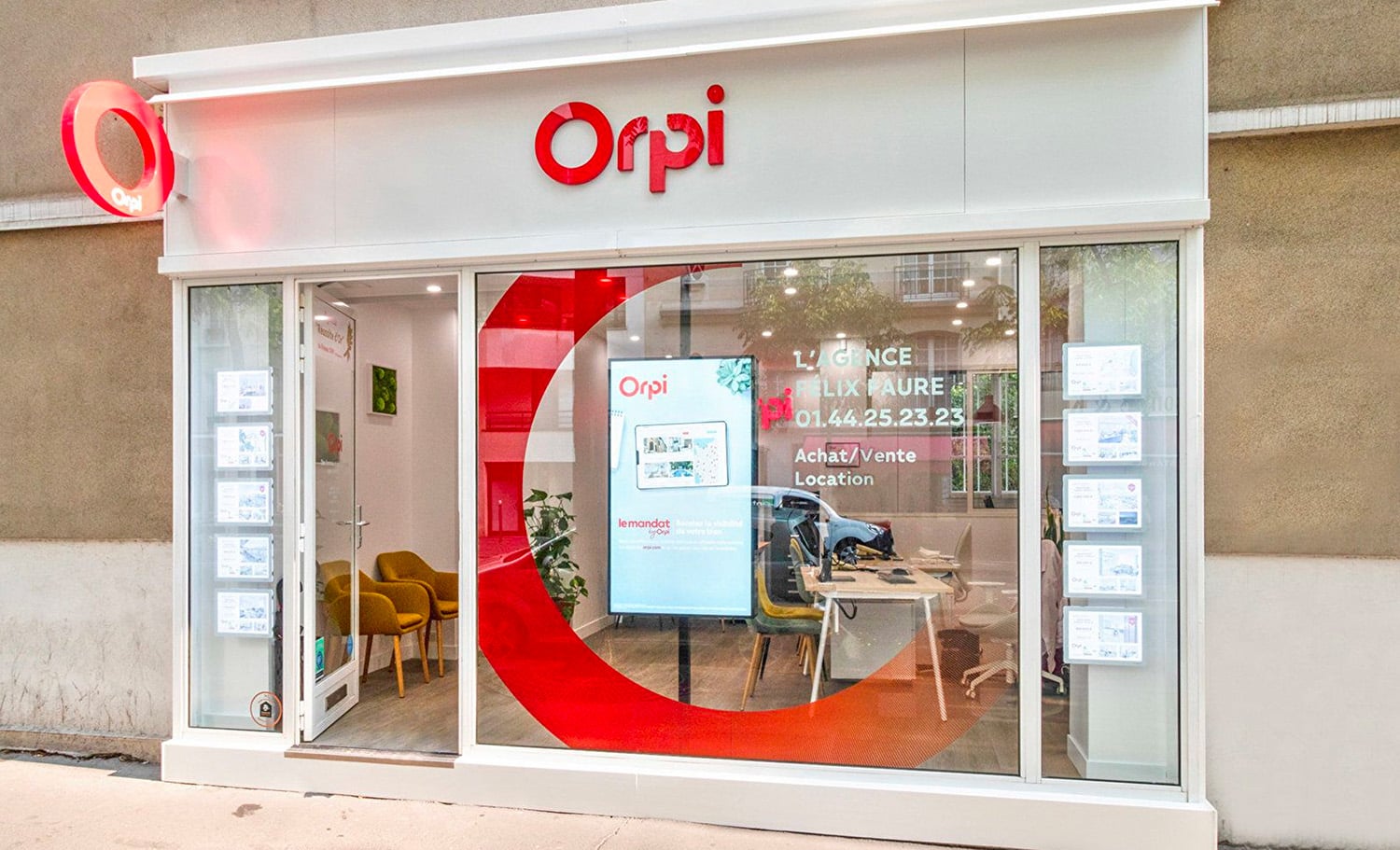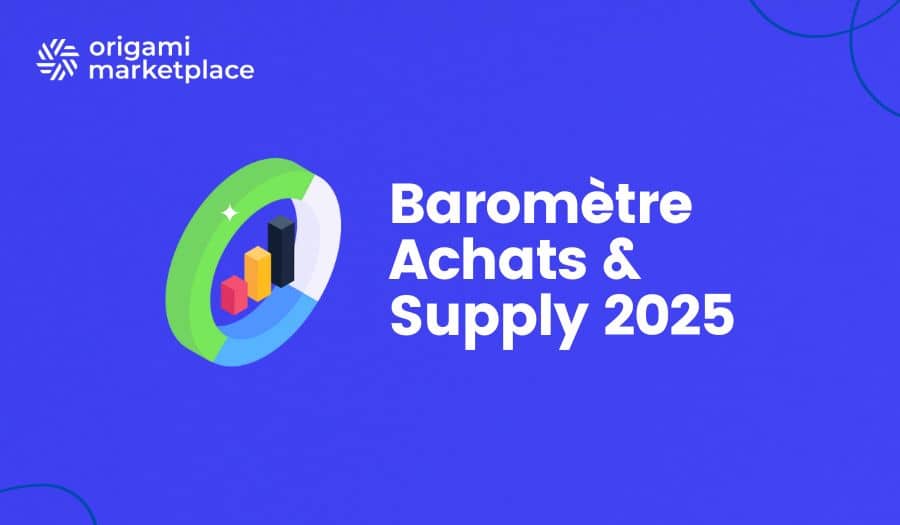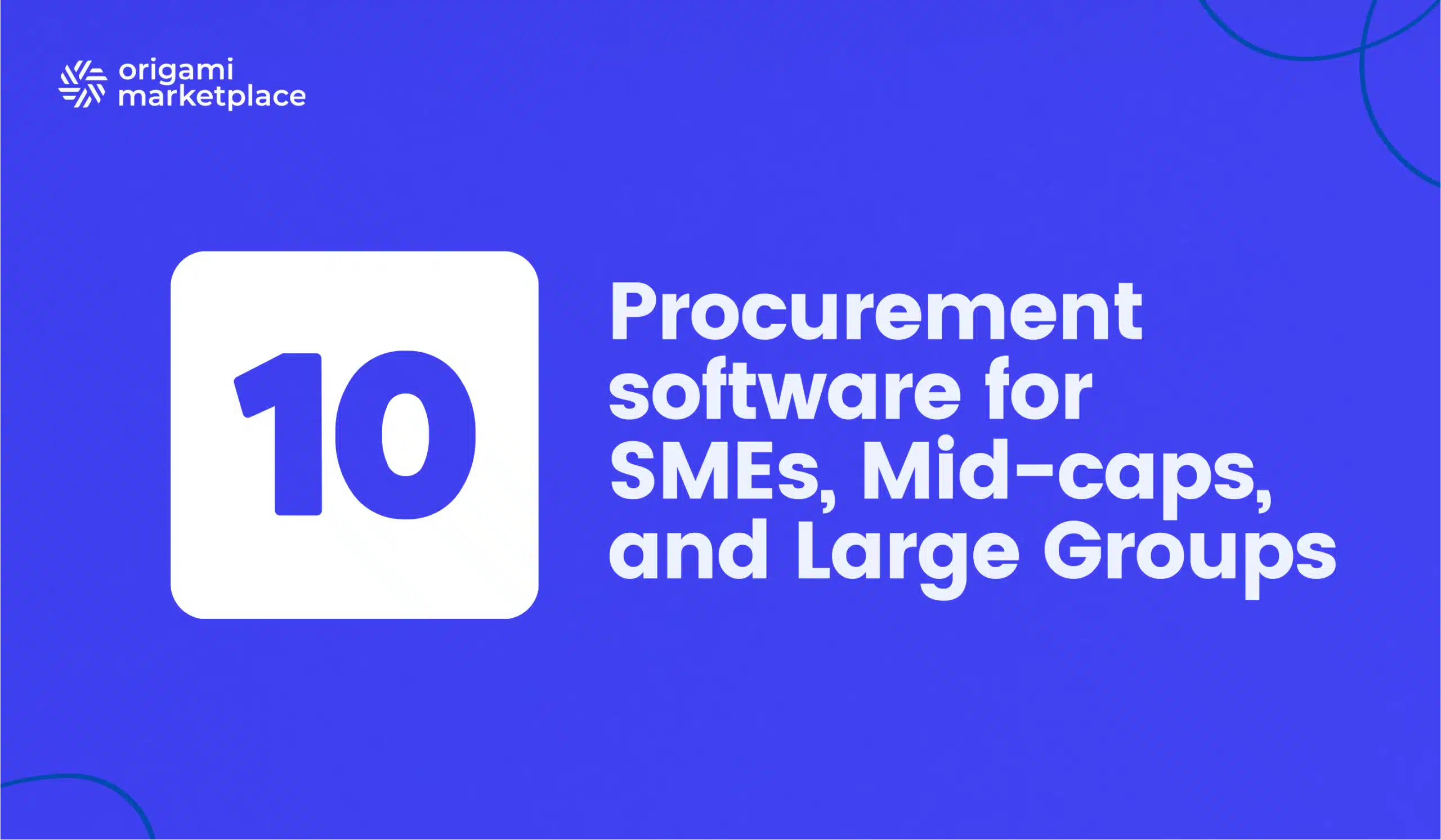How to create a Group Purchasing Organization? A guide 📈
- Arnaud
- 9 minute read

In a constantly evolving economic environment, businesses are continuously looking for ways to optimize their costs and improve their competitiveness. Among innovative purchasing strategies, the group purchasing organization, often called a negotiation center, stands out as an effective model, particularly popular with franchise networks and business groups.
👋 No time to read the whole article? Find the summary here.
What is a Group Purchasing Organization?
A group purchasing organization does not buy to resell: it negotiates framework agreements with referenced suppliers. Each member then orders directly under the negotiated terms. 👉 Zero inventory, zero cash flow for the organization.
To be more comprehensive, a group purchasing organization is an intermediary structure whose main role is to select suppliers and negotiate advantageous commercial conditions for its members or adherents. Unlike a traditional purchasing center that buys, stores, and resells goods, the group purchasing organization does not manage inventory and does not intervene in the direct transaction between the supplier and the member. Its action is limited to negotiating the terms of the contract, then allowing members to order directly from the referenced suppliers at the established preferential rates.
This model allows companies to benefit from the purchasing power of a group without the logistical and financial constraints associated with inventory management. It is a “win-win” approach where the organization ensures business volume for suppliers in exchange for advantageous pricing conditions for its members, who also retain their freedom of choice and independence regarding their purchases.
What are the key benefits of a Group Purchasing Organization for members?
Joining a group purchasing organization offers multiple benefits to businesses, including:
- Significant time savings: Companies no longer have to dedicate significant resources to individually negotiating prices with each supplier. The organization handles this, allowing purchasing teams to focus on more strategic tasks.
- Substantial savings: Thanks to the pooling of purchasing volumes from all its members, the group purchasing organization is able to obtain discounts and pricing conditions that companies would never have been able to obtain individually. These savings can reach significant percentages on certain products, as mentioned in a study which indicates reductions of 20 to 40% on certain products for purchasing groups.
- Improved competitiveness: The savings made and time gained allow companies to reinvest in other areas, improve their offerings, or reduce their own selling prices, thereby strengthening their market position.
- Preservation of independence: Members retain the freedom to choose which suppliers they wish to work with from the catalog offered by the organization. There is no consumption obligation, which guarantees valuable flexibility.
- Support and assistance: Group purchasing organizations often provide a dedicated team to facilitate contact with suppliers, assist with placing orders, and even intervene in case of disputes. This support provides members with additional listening and leverage with suppliers.
- Access to a wide range of suppliers: Group purchasing organizations provide access to a network of qualified and negotiated suppliers, which can be particularly beneficial for small and medium-sized businesses that would not have the resources to identify and negotiate with such a panel of partners.
In summary, the group purchasing organization is a powerful tool for optimizing companies’ procurement strategy, allowing them to benefit from advantageous conditions while maintaining their decision-making autonomy.
Ready to turn your B2B, B2C, C2C or Services marketplace idea into reality?
Download our marketplace specifications template 🗒
Download our RFP template 📒
How to create a Group Purchasing Organization in 5 steps?
Creating a group purchasing organization, whether traditional or digitalized, involves several key steps to ensure its success and sustainability. It’s not just about negotiating prices, but about building a solid and advantageous ecosystem for all stakeholders.
1. Define the strategy and positioning of your Group Purchasing Organization
First and foremost, it is crucial to clearly define the value proposition of the organization. This includes:
- The target audience: What types of businesses (franchises, SMEs, large groups, specific sectors such as catering, hospitality, industry, etc.) will the organization address?
- Product/service categories: What types of purchases will be covered by the organization (office supplies, raw materials, IT services, equipment, etc.)?
- Geographic area: Will the organization operate locally, nationally, or internationally?
- Business model: How will the organization generate revenue (annual membership fees, commissions on purchases, service fees, etc.)?
In-depth market research will help identify unmet needs and position the organization uniquely.
2. Identify and qualify strategic partner suppliers
The heart of a group purchasing organization lies in the quality of its supplier network. This step is crucial and requires particular rigor:
- Research and selection: Identify reliable suppliers, offering quality products or services, and capable of meeting the varied needs of future members.
- Negotiation of terms: Negotiate preferential rates, optimized delivery times, advantageous payment terms, and quality after-sales services. The goal is to obtain conditions that members could not obtain individually.
- Building strong partnerships: Build long-term trust relationships with suppliers, based on transparency and mutual benefit.
3. Implement the infrastructure: From traditional model to digitalized marketplace
Depending on the chosen model, the infrastructure will vary:
- Traditional model: Requires dedicated teams for negotiation, contract management, member support, and offer communication. A contract and supplier management system is essential.
- Digitalized model (Marketplace): This is where a solution like Origami Marketplace makes perfect sense. It allows you to create an online platform that centralizes:
- Supplier onboarding: A dedicated portal where suppliers can register, manage their information, and upload their catalogs and price lists autonomously.
- Catalog management: Integration and standardization of product/service catalogs via API, file import (CSV, XML), or CMS connectors. This allows for easy updates and full visibility of offers.
- Automated workflows: Automation of approval processes for suppliers, orders, products, and after-sales service, reducing manual tasks and errors.
- Pricing flexibility: Ability to manage complex pricing rules (group-specific rates, tiered pricing, promotional codes, quote module) to offer personalized conditions to members.
- Unified multi-supplier cart: Allows members to order from multiple suppliers at once, significantly simplifying their purchasing process.
- Performance tracking: Dashboards and reports to track supplier and member KPIs, enabling continuous optimization.
4. Recruit and manage the members of your Group Purchasing Organization
The success of an organization also depends on its ability to attract and retain members:
- Communication and marketing strategy: Promote the benefits of the organization (savings, time savings, access to qualified suppliers).
- Membership process: Simplify registration procedures, often with an annual fee and a needs analysis to propose the most relevant offers.
- Support and assistance: Provide responsive and personalized support to help members make the most of the organization’s services.
5. Ensure continuous monitoring and optimization of the Group Purchasing Organization
A group purchasing organization must evolve with the needs of its members and market dynamics:
- Supplier evaluation: Collect feedback from members and regularly evaluate supplier performance.
- Contract renegotiation: Re-evaluate and renegotiate terms with suppliers to ensure they remain competitive.
- Technology and market watch: Stay informed of new trends and technologies to constantly improve the services offered.
By following these steps, and by relying on powerful digital tools like Origami Marketplace, the creation of a group purchasing organization becomes a structured and promising project, capable of generating significant value for its entire ecosystem.

Alexandre Duquenoy
→ Book a phone call
The digitalization of Group Purchasing Organizations with the marketplace model
If the traditional model of group purchasing organizations has proven its effectiveness, the advent of digital technology has opened the way for even more powerful solutions: B2B marketplaces dedicated to procurement. These platforms digitize the entire process, transforming the group purchasing organization into a true e-commerce hub, automated and optimized.
Origami Marketplace, the ideal solution for your digitalization
In this context of digital transformation, solutions like Origami Marketplace are positioned as essential tools for creating or digitalizing a group purchasing organization. They address the challenges of manual processes (Excel, phone, emails) by offering a unique online platform where members can consult the catalogs of all referenced suppliers, compare offers, and place multi-supplier orders in a single transaction.
Here’s why Origami Marketplace is particularly suitable for a group purchasing organization:
| Key Feature | Advantage for the Group Purchasing Organization | Benefit for Members |
|---|---|---|
| Simplified Supplier Management | Autonomous supplier onboarding via a dedicated portal (contracts, documents, catalogs, price lists). | Quick and easy access to a wide range of qualified suppliers. |
| Unlimited Catalog Integration Capability | Connection and standardization of catalogs via API, integrated flow manager, CMS connectors. | Full visibility on offers, easy comparison of products and services. |
| Automated Validation Workflows | Automated approval of suppliers, orders, products, and after-sales service. | Fluid, fast, and error-free purchasing processes. |
| Advanced Pricing Flexibility | Management of specific price lists per member/group, tiered pricing, promotional codes, quote module. | Access to personalized and optimized prices, ensuring the best conditions. |
| Unified Multi-Supplier Cart | Centralization of orders, simplification of invoicing and payment. | Simplified purchasing experience, significant time savings when ordering. |
| No Stock Management | The platform does not manage physical stock, reducing operational costs and risks. | Members order directly, the organization focuses on negotiation and added value. |
| Supplier KPI Tracking | Automatic tracking and monitoring of supplier performance indicators. | Transparency and assurance of the quality of services and products of the suppliers. |
One of the major assets of a solution like Origami Marketplace is the ability to easily reference new suppliers, and even multiple suppliers for the same product. This allows for competition and helps ensure members get the best prices. Furthermore, the absence of stock management for the group purchasing organization is a considerable advantage, reducing operational costs and complexities. The organization generates revenue through commissions on each purchase, creating a sustainable and risk-free economic model related to stock.
By offering a pleasant and intuitive user experience, similar to B2C e-commerce sites, these platforms maximize member adoption and strengthen their loyalty. Digitalization also allows for centralization on a single interface for key processes (supplier management, member management, catalog management, order management, and payment), increased efficiency through the automation of manual tasks, and facilitated growth through the integration of new suppliers and members.

FFT
Discover how FFT, in partnership with Origami Marketplace, transformed its paper catalog into a dynamic marketplace integrating numerous suppliers.

Orpi
Discover how the Orpi network, in partnership with Origami Marketplace, optimized purchasing processes, stock management, and orders for all its franchisees.
The beginning of a new adventure for procurement
The group purchasing organization represents a powerful purchasing strategy for companies seeking to optimize their costs and gain efficiency. By pooling needs and negotiating advantageous conditions, it offers privileged access to competitive rates and a network of qualified suppliers, while preserving the autonomy of its members.
With technological evolution, the digitalization of these organizations via platforms like Origami Marketplace opens new perspectives. It not only multiplies the traditional advantages (savings, time savings, competitiveness) but also introduces unprecedented agility, transparency, and user experience. By adopting a marketplace solution, group purchasing organizations transform into modern purchasing ecosystems, capable of generating value for all involved stakeholders and adapting to the challenges of the current market.
The article for those in a hurry! 📌
What is a group purchasing organization? An organization that negotiates framework agreements with suppliers. Members then order directly under these conditions: zero inventory, zero tied-up capital for the organization.
Why join one?
- Savings up to 20-40% thanks to collective purchasing power
- Time savings: negotiation is delegated, your purchasing team focuses on strategy
- Independence preserved: you freely choose your suppliers from the catalog
- Support & disputes managed by the organization
Create your own in 5 steps
- Define the strategy: target, categories, area, revenue model
- Select & qualify strategic partner suppliers
- Choose the infrastructure: traditional model or a digitalized marketplace
- Recruit members, simplify onboarding and follow-up
- Measure & optimize continuously (KPIs, renegotiations, monitoring)
The digital shift: A B2B marketplace (e.g., Origami Marketplace) automates onboarding, the multi-supplier cart, and invoicing: an e-commerce experience, zero stock, and commission-based revenue.
👉 In short: Pool your purchasing power, digitalize processes, and free up margins while remaining in control of your purchases.


